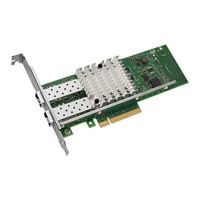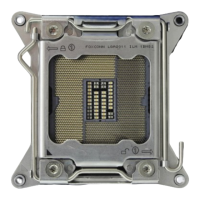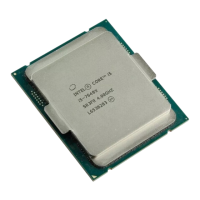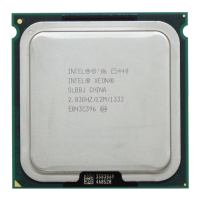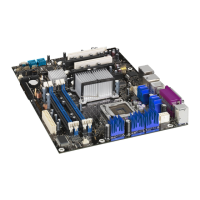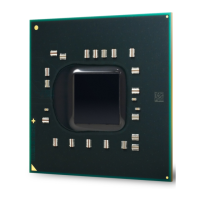Syntax: UseLastSlot = [0 | any other value ]
Example: USELASTSLOT = 1
Default: 0
Normal Behavior: 0 = Disabled, any other value = Enabled
Possible Errors: None
TXLOOPCOUNT
This parameter controls the number of times the transmit routine loops while waiting for a free transmit buffer.
This parameter can affect Transmit performance.
Syntax: TXLOOPCOUNT = <32-bit value>
Example: TXLOOPCOUNT = 10000
Default: 1000
Normal Behavior: Default
Possible Errors: None
